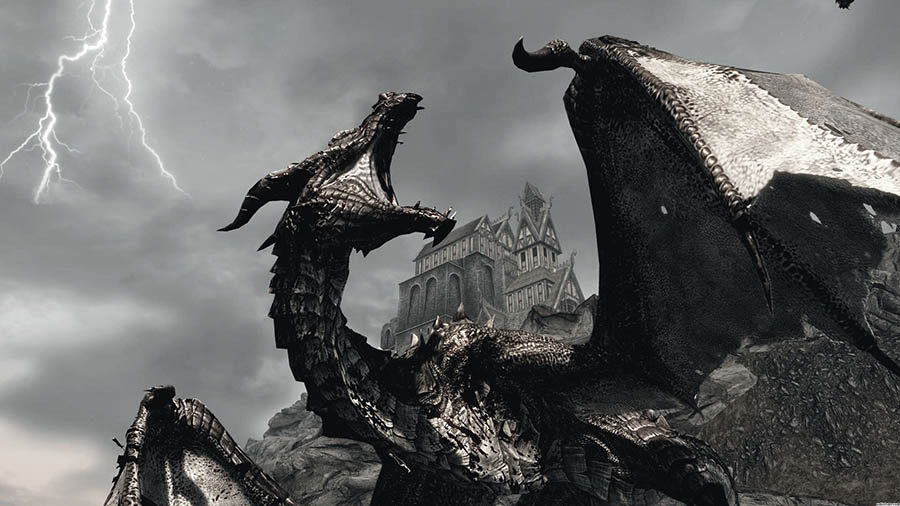An Introduction to Jigsaw Puzzles
Jigsaw puzzles comprise of a congress of small tiles that are intended to be fitted together in order to generate an image or any structure. Flat jigsaw puzzles normally turn into imitations of photographs or paintings when they are done, and three dimensional jigsaw puzzles could further be used to generate repetitions of well known buildings, boxes, or other unusual shapes. The puzzles could be made trickier with huge numbers of strangely shaped pieces, or less tricky with fewer, larger pieces. Additionally it serves as educational tools for children; jigsaw puzzles are as well extremely admired with adults.
The initial jigsaw puzzle came in to view have been introduced in 1762, by John Spilbury, a British mapmaker. In the United States, the attractiveness of jigsaw puzzles poured during the 1930s. The Great Depression destined that many more people were fed up at home, and jigsaw puzzles assisted to fill their hours. Cardboard was a supporting material of choice for creating jigsaw puzzles, other than more luxurious and difficult to cut wooden backings. Some companies gave jigsaw puzzles away to recurrent customers, and libraries permitted patrons to check out jigsaw puzzles to play at home.
Huge numbers of contemporary jigsaw puzzles are made with linking puzzle pieces. These pieces have bumps that could break into matching holes, making sure that a solved piece of the puzzle remains together. Some puzzles as well slot in pieces with smooth edges, or pieces in eccentric shapes like starbursts that fit together with other strange shapes to generate a total puzzle. Jigsaw puzzles could be made in any shape, and are at times also printed on double sides, to make solving them trickier.
When purchasing jigsaw puzzles for your young kids hunt for a particularly intended children's puzzle. These are generally intended with extra big pieces so that infants and toddlers may not stifle on the pieces if they try to consume them. Bigger children could work on more conformist jigsaw puzzles, but you might desire to deem a puzzle with lesser pieces, so that the child is not aggravated. Adults, it is acknowledged, do not eat their puzzles, and take pleasure in frustrating themselves with jigsaw puzzles that could probably have thousands of pieces.






 Uncharted 3 Complete Chapter Walkthrough Guide
Uncharted 3 Complete Chapter Walkthrough Guide Watch Dogs Guide: Crafting Guide
Watch Dogs Guide: Crafting Guide How to Run a PC Computer Game Without the Game Disc
How to Run a PC Computer Game Without the Game Disc Elder Scrolls V: Skyrim How To Kill Dragons
Elder Scrolls V: Skyrim How To Kill Dragons Wurm Online: Plate armor smithing
Wurm Online: Plate armor smithing